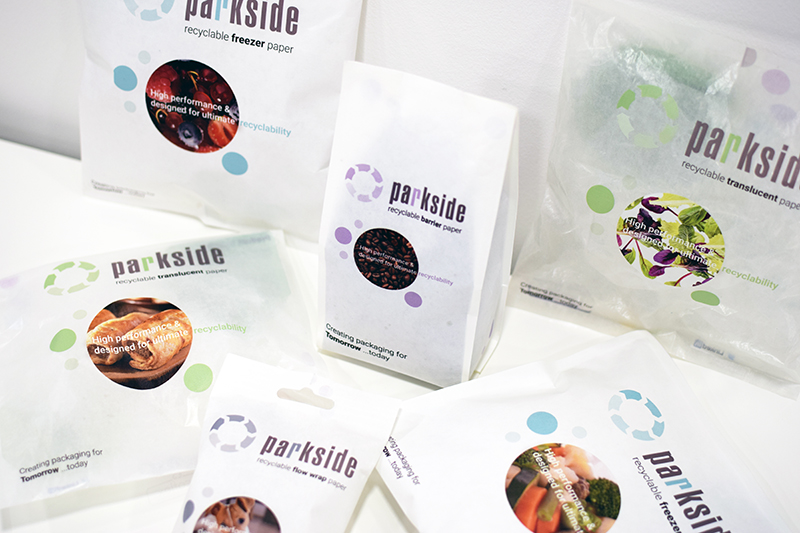By Steve Hallford – product development technologist at Parkside
WHERE does flexible packaging fit in the circular economy of the future? It ticks a number of boxes that should make it the perfect format for a leaner, greener, future-proof supply chain. It uses fewer materials than rigid packaging and is inherently more light weight, meaning it can be produced and transported efficiently.
However, until recently, doubts about its recyclability have meant its place in the economy of the future is uncertain. Many solutions use combinations of plastics, foils and adhesives, which have historically proven difficult to recycle into quality material. Should this problem be solved, flexible packaging will offer brands and packaging manufacturers a way into the circular economy of the future – and today’s packaging innovations have proven the industry is up for the challenge.
Monopolymer progress
There are two routes to improving the recyclability of flexible packaging. The first is to ensure that traditional plastic films and other flexibles are more compatible with current recycling infrastructure.
An increasingly popular method of achieving this is by using single polymer films instead of traditional multi-material combinations of films and foils in a laminate. While the success of monopolymer solutions often depends on the use of a barrier coating, monopolymers are much simpler to recycle into materials of equal value – one material goes in, and the same material comes out.
And monomaterial technology has advanced to the point where we now have monopolymers that offer superb barrier performance against oxygen, moisture, aroma, light, as well as mineral oils and grease. This means they are capable of being used for more challenging applications such as soft fruit packaging, toiletries, and medications.
This also opens up opportunities for new structural designs that facilitate more efficient recycling while adding value to the packaging design. For example, at Parkside, we use our laser cutting capabilities to develop easy-open flaps into the top layer of monopolymer films. This enables the creation of pioneering peel-and-reclose lidding films. When weld-sealed to a tray made from the same polymer, these films are suitable for recycling as part of the whole pack under current recycling guidelines, as it can simply be dropped into a domestic recycling bin post-consumer use.
Reams of possibilities with paper
The second route to improving recyclability is to pivot away from plastic entirely and adopt flexible paper-based materials instead. Paper packaging has significantly higher recovery rates than plastic packaging around the world, and – provided the paper fibres are responsibly sourced – comes from a renewable resource.
Until recently, paper-based flexible packaging designs often lacked many of the attributes necessary to be a viable option for many product applications. Paper is not naturally strong, disintegrates when wet, offers limited barrier protection, and does not seal well on modern high-speed packing lines. However, in recent years, barrier coatings and adhesives have come a long way, and many of these challenges have now been overcome.
At Parkside, we have been heavily focused on overcoming these challenges and our Recoflex range demonstrates the possibilities offered by paper materials. For example, using vapour deposition of aluminium onto a paper substrate, we have created a metallised paper material that can be recycled in standard kerbside collection schemes. Using other techniques, we can create recyclable flexible paper-based materials that are translucent, freezer-proof, and more, making paper a viable material for a wide array of food, household and personal care applications.
Innovation is driving an increase in flexible packaging recycling. Given that brand guidelines and waste reduction goals are growing increasingly strict – as is worldwide legislation, such as the EU’s new Packaging and Packaging Waste Regulation – flexible packaging offers businesses an exciting route into the circular economy of tomorrow.















